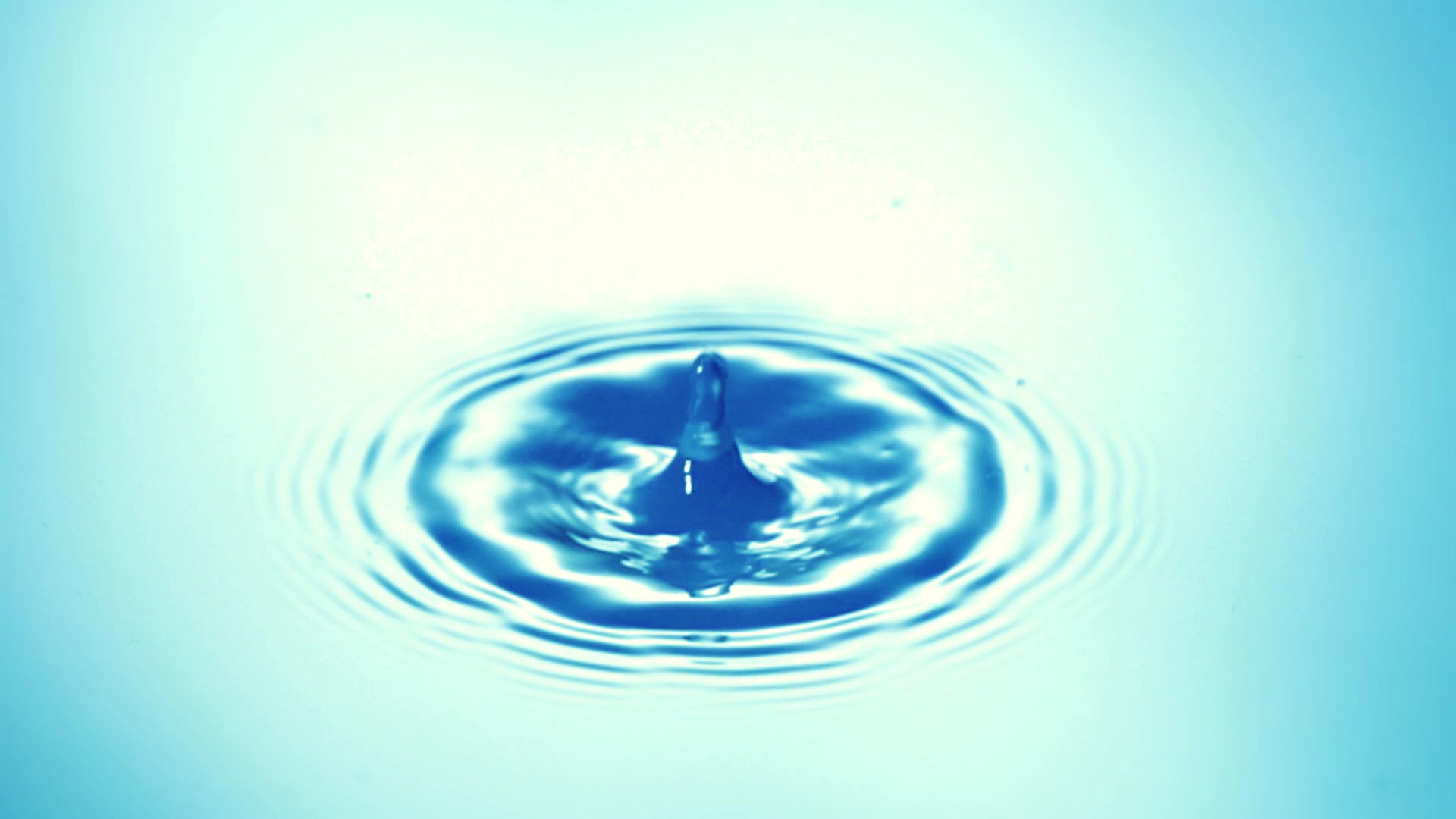Exterior Wall Waterproofing of building
- Partha Paul

- Jan 13, 2017
- 2 min read
Water leakage or more categorically moisture ingress in buildings results into damp, uncomfortable internal environments; deterioration of internal finishes (including mould growth); unsightly damp areas on wall and ceiling surfaces and increased concentrations of harmful pollutants affecting occupant’s health. The exclusion of moisture from buildings is therefore not only desirable, but an utmost concern to the residents of the buildings.

Water seepage through external walls in India
In India, due to heavy rainfall, water seepage through external walls is found to be a common defect faced by the house owners. In one of the surveys conducted on about 10,000 private residential units findings showed that the use of single layer brick wall was the most common cause of water seepage through external walls. Almost 90 per cent of the water seepage occurred through cracks in the plastered brick walls.
In general, water seep through external walls within the first five years of building completion. The problem is further compounded by Mumbai’s high humidity and abundant rainfall. High wind speeds experienced by high-rise buildings also increase the likelihood of water seepage. Building envelopes must, therefore, be adequately designed and constructed to prevent ingress of water.
Importance of external wall coating
Use of either cement or general exterior acrylic paint cannot create impermeable envelope around building. For effective waterproofing of external walls, the coating material used should function as more protective than decorative. Products like Dr Fixit Raincoat, an elastomeric exterior waterproofing coating composed of high quality acrylic emulsion polymer combined with weather durable pigments, graded fine fillers and additives. They work as a barrier to liquid water and carbon dioxide gas; but permeable to water vapor (breathable). The special properties like accommodation of movement in substrate, bridging existing cracks, maintaining flexibility and strength over a broad temperature range, resisting dirt pick up and fungal/algal growth, and over and above, maintaining these properties for periods of up to 7-10 years. Considering the life cycle cost analysis, such acrylic elastomeric wall coating is a proven approach to long-term protection of exposed building walls as compared to normal acrylic decorative paints due to its dual properties of “Waterproofing & Crack Bridging”.

Waterproofing Systems & Materials
Water tightness of external walls is usually achieved by providing adequate wall thickness, proper designing at construction joints and surface rendering and finishes which serve as barrier against water ingress. But normally no attention is paid towards critical areas like separation gaps, honeycomb areas, damp proof courses at plinth level and so on. This results to serious leakages through external walls and damages to expensive internal paints and finishing.
A list of various systems used to arrest water penetration in the external walls for specific reasons is given below:. Reason Waterproofing system/ Materials

Cracks in the walls Polymer Modified Mortars / Paste
Joints & Separation gaps Polymer Modified Mortar and sealants
Penetrating Dampness Impregnation system
Rising Dampness Injection system with siliconate materials
HoneycombstructuresFlaringmortars/Crystallinesystem
Rain water penetration External Wall Coating


















Comments